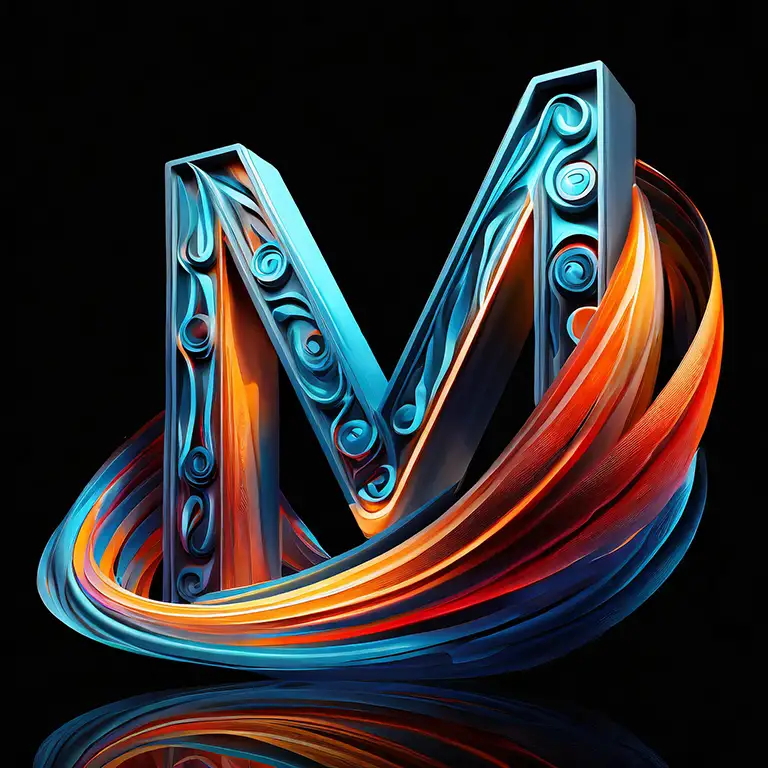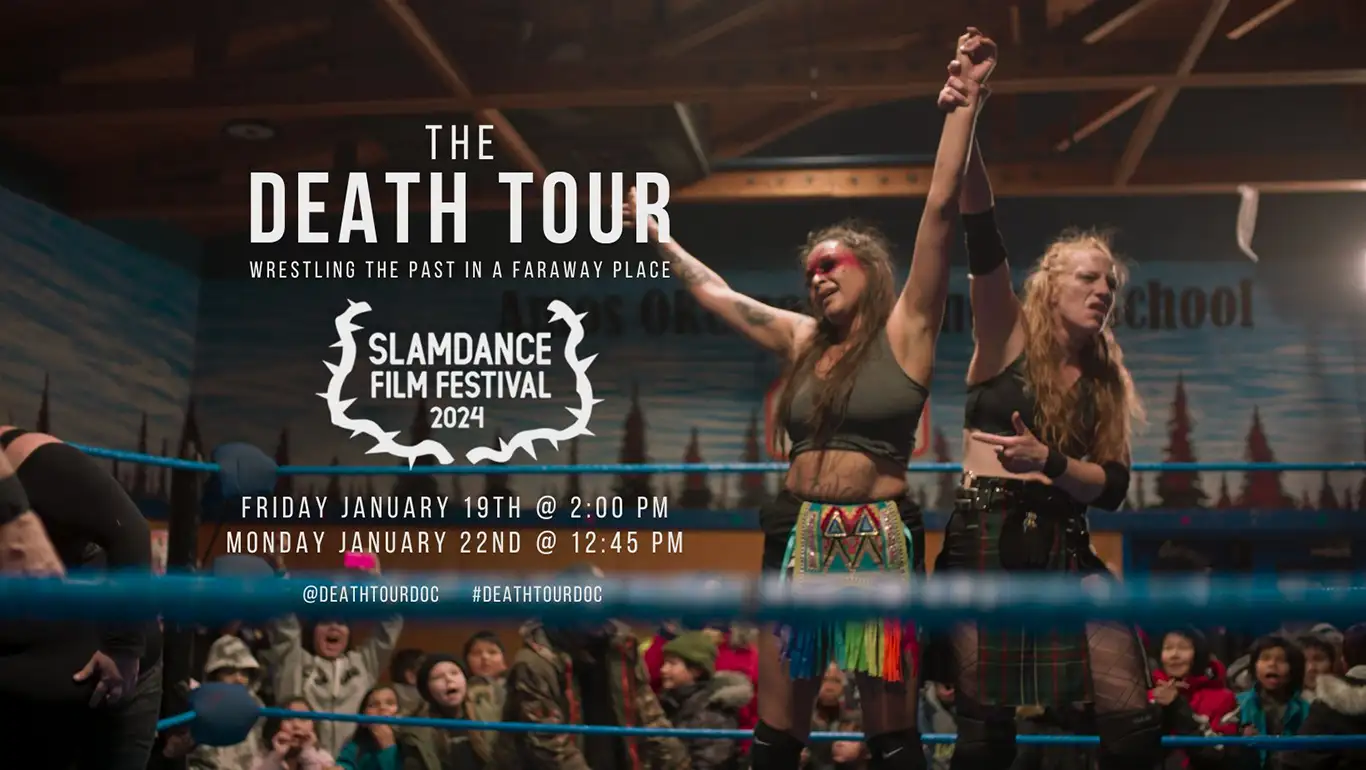Every winter wrestling promoter Tony Condello assembles a ragtag group of indie wrestlers to go on The Death Tour. Leaving Winnipeg, the convoy of trucks, vans, and performers makes the journey to the most remote indigenous communities in Manitoba to perform, entertain, and hopefully inspire. Often referred to as the most grueling tour in wrestling, this circuit also serves as a sort of initiation into the world of professional wrestling for many hopefuls with Condello acting as a gatekeeper. The intensity demands that each wrestler find the inner strength to persevere. But why is this a thing? Why has this been happening for 50+ years now? The Death Tour is a rewarding road trip doc that opens our eyes to communities in need while documenting the kindness mankind is capable of.
Director Stephan Peterson and co-director Sonya Ballantyne introduce us to the main character first. The harsh environment so many call home is a seemingly endless frozen expanse. The cold solidifies giant lakes making access to remote reservations a little more navigable via ice highways. Van Royko’s pristine photography expertly captures the stark beauty of the landscape with wide shots of the horizon and mesmerizing overheads.
Then we get to know the wrestlers. First is Sara McNicoll “McKenrose the Scottish Warrior”. McNicoll found wrestling as an outlet for depression when her speed skating dreams were lost. Next, there is Sean Dunster “Massive Damage”. At 52 Dunster is aware that he may not have much more time in the ring, yet he still maintains hope of a professional career. Then there’s Sage Morin “The Matriarch”. Morin was introduced to wrestling by Dunsten after losing her first son to a drunk driver. The ring’s strangely familial atmosphere allowed her to process grief and maintain mental health. Finally, there is Dez Loreen “The Eskimofo”. a member of the Ink tribe, Loreen is a lifelong wrestling fan among other things. He aims to use wrestling as an outreach tool to engage Inuit youth.
The real goal here is to rescue the kids in these remote areas from the cycles of addiction and abuse that have run rampant in their communities. In between gigs, the troupe makes an effort to reach youth by speaking on the subjects that have affected them. Morin warns about drunk driving, McNicoll speaks on mental health, and Dunster frankly discusses the dangers of substance abuse.
Speaking about these things is the goal but it’s the method that brings such joy. As each of the wrestlers enters the humble makeshift arenas that are set up Peterson and Ballantyne immediately cut to the joyous faces of the children in the crowd. Their eyes light up, cheering for their favorite character, they connect and are engaged. The Death Tour is a lovely documentary that surprised me in so many ways. This journey was worth taking.
Review Score – 7 Out of 10


